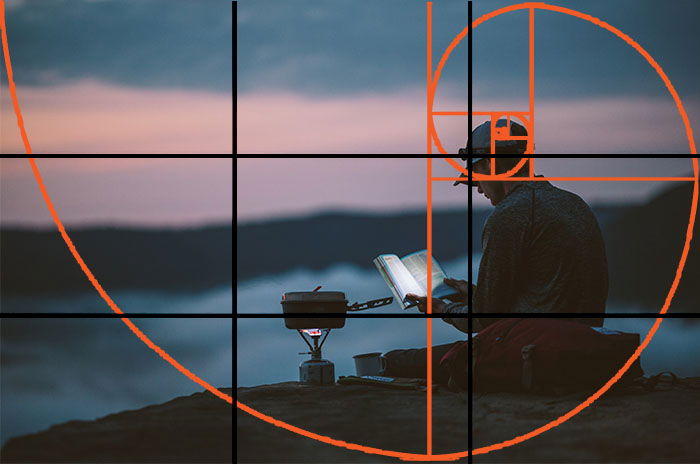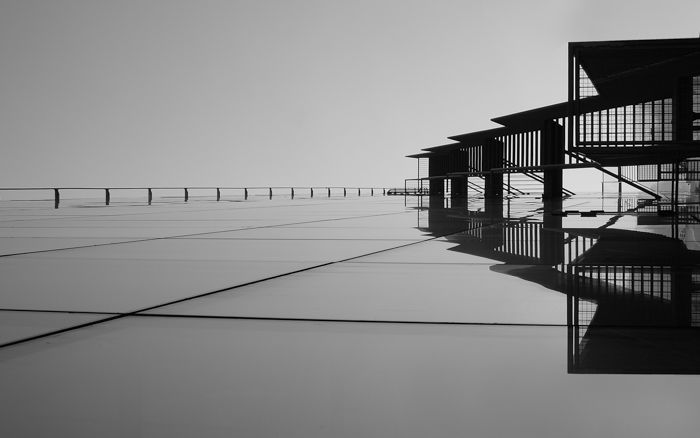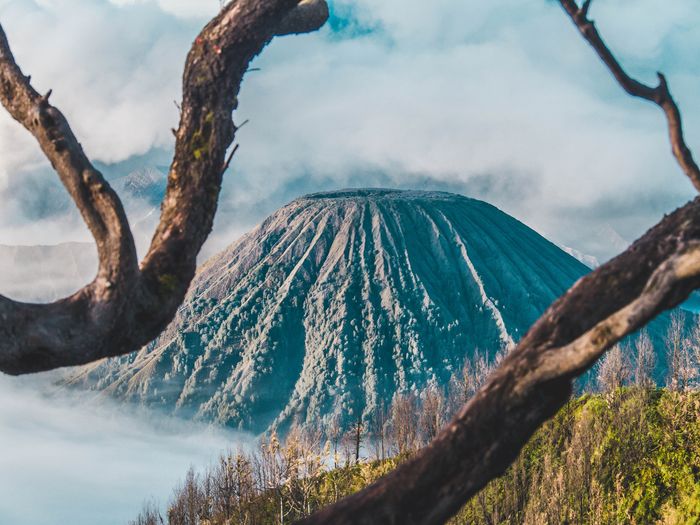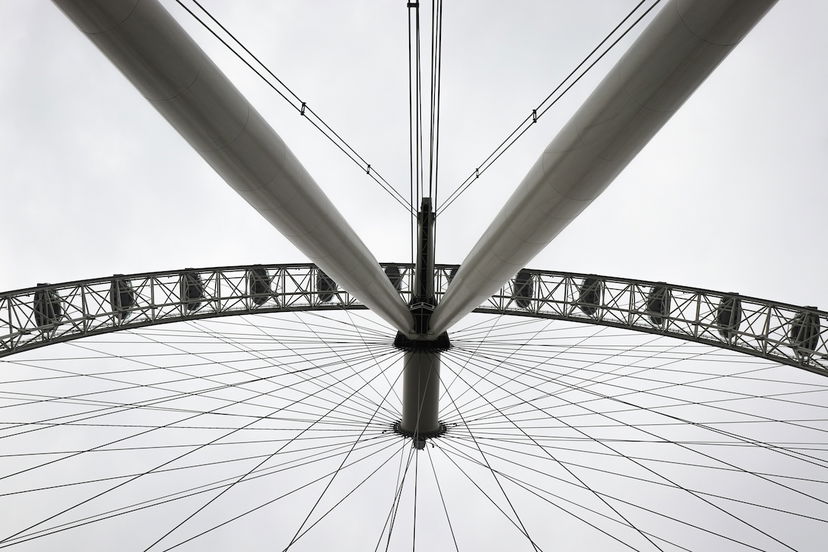What Is Rhythm in Photography? (And How to Use It)
Rhythm is something found throughout the creative arts. We tap our toes and snap our fingers to the rhythm of the music. We find rhythm in poetry and stories. And we have rhythm in photography, too.
Visual rhythm brings photographs to life. Rhythmic photography is about visual storytelling and composition building. It’s the beating heart of the imagery. And knowing how and when to use it can add dynamism and intrigue to your photos.
What Is Rhythm in Photography?
Much like rhythm in music, rhythm in photography brings structure and stability to your images. The rhythm can hold the viewer’s gaze to a steady beat. Or it can quicken the pace as your eyes move around the image.
Rhythm in photography has elements that repeat or echo throughout the image. It could be a series of shapes that repeat to make a pattern. Or you could have multiple subjects that appear at different points in the frame.
Bringing rhythm into photography can help you make conscious decisions when it comes to your composition. You can think about how you want your photographs to flow. And you can add repeating elements that punctuate your images, like a drummer adding a flourish of cymbal crashes.
Rhythm in photography isn’t limited to one particular niche. You’ll find rhythm in street, architecture, and photojournalism. Portrait and landscape are also examples of rhythm photography.
Continue reading for some of the ways to add rhythm to your photography.
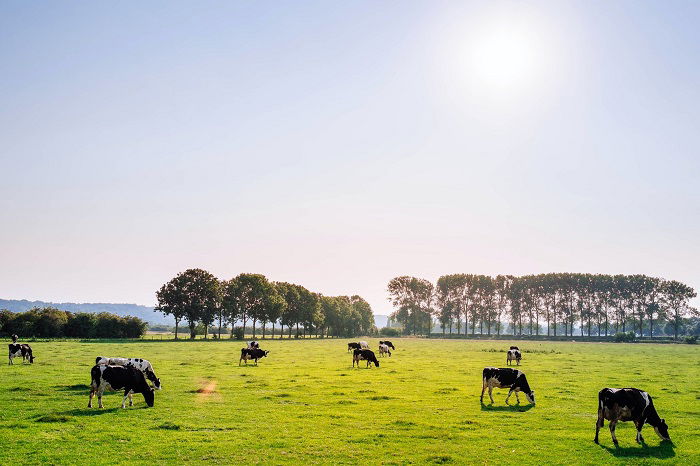
© Leon Ephraim
Regular Rhythm
With rhythm in photography, the easiest rhythm structure to identify is regular rhythm. A photograph with this kind of rhythm will feature many identical elements that repeat.
They repeat at regular intervals, giving you a steady, uniform rhythm. The elements can be geometric shapes or concentric circles. Or they can be humans or animals situated in lines or rows.
These elements bring structure to the composition. The lines and shapes created by the rhythmic elements lead the eye in a certain direction. And they can focus your attention on a specific area of the image.
In the architectural image below, repeated shapes create the rhythm. They’re identical in shape and are equally distanced. This creates a steady visual rhythm. The fact the shape repeats so many times sends the eye in different directions and gives the photo a fast rhythm.
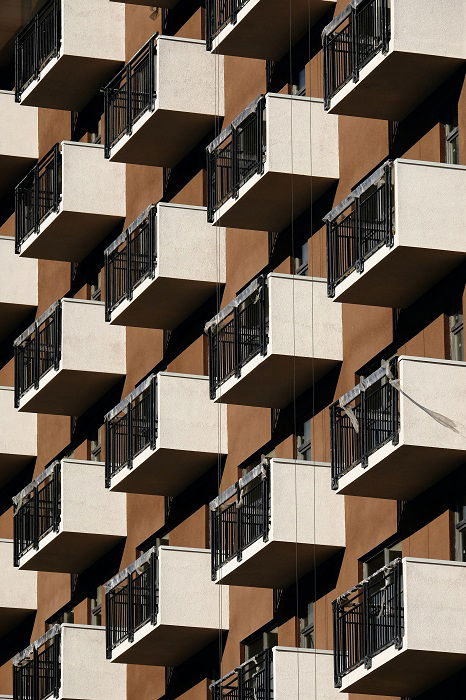
© Roma Kaiuk
Random Rhythm
A random rhythm in photography is less structured. It still has elements that repeat, but they appear at irregular intervals. They don’t lie in straight lines or conform to a rigid structure.
An image with randomly situated elements can still have a steady rhythm. Their position may not be uniform. But they can create a rhythm that leads the viewer through the image.
The picture of the cows at the beginning of the article is an example of a random rhythm. The cows stand irregularly in the field. There is no form to their position. But there is a repetition of shape that draws the eye towards the horizon.
In the photo below, we have a number of hot air balloons. Like the cows, they are spread randomly across the picture. We have similar shapes echoing through the image’s foreground and background. Each balloon is a beat of a random rhythm.
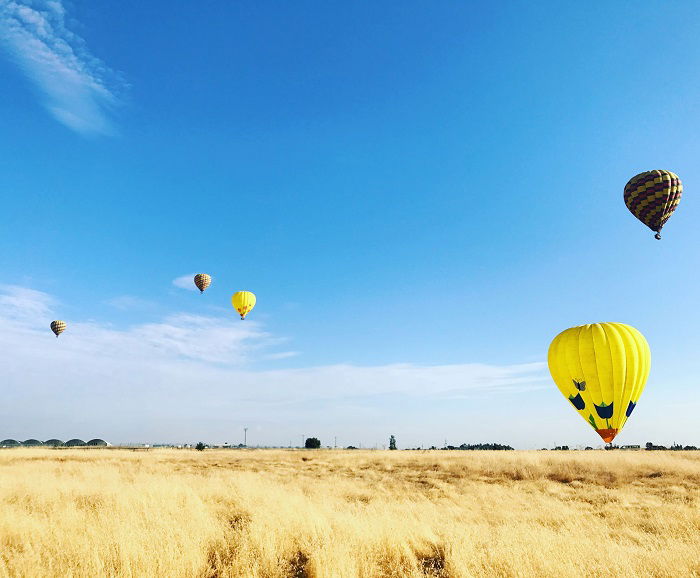
© C. Valdez
Alternating Rhythm
Alternating rhythm in photography is where the image has two different rhythms. They can work together, providing structures that mirror one another. Or they can work against each other.
Alternating rhythms can bring harmony or discord to your images. The repetitive elements of one rhythm can direct our eyes in one direction. Then, the second can intersect or redirect. Their beats can match or they can counter and clash.
The image below is a perfect example of clashing alternative rhythms. We have a series of circles that draw the eye inward, towards the center. But the shadows create a pattern of straight diagonal lines that cut across each circle. These lines draw our eyes in a different direction.
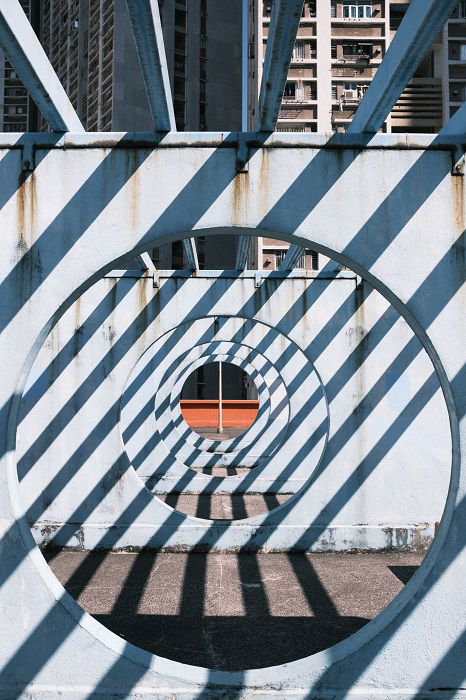
© Chi Hung Wong
Progressive Rhythm
A progressive rhythm in photography uses patterns that progress into the photo. They’re repeated beats that form a progression in the photo.
These can be regular rhythms but with a change of perspective. The change of angle can help lead the viewer’s eye towards the subject. Or the progressive structure can be the subject.
A progressive rhythm in photography has a clear direction. The visual rhythm creates diagonal lines that cut across the image, drawing the eye with them.
We can see this in the scene of harvesters at work below. They are all bent over and working in a row. The rhythm this creates draws our eye down the line. When we look at the closest person, our natural reaction is to continue down the progression.

© Deepak Kumar
Undulating Rhythm
Undulation is another visual rhythm we find in photography. This rhythm in photography is about soft shapes that roll through the images.
Undulating visual rhythm is common in landscape composition. We often see rolling hills that undulate from foreground to background. It’s a soft visual rhythm that creates a gentle and harmonious feeling.
In the landscape below, we see the undulating rhythm of the snowy hills. Each white mound leads us to another. And without sharp breaks, we arrive gently at each beat of the rhythm.
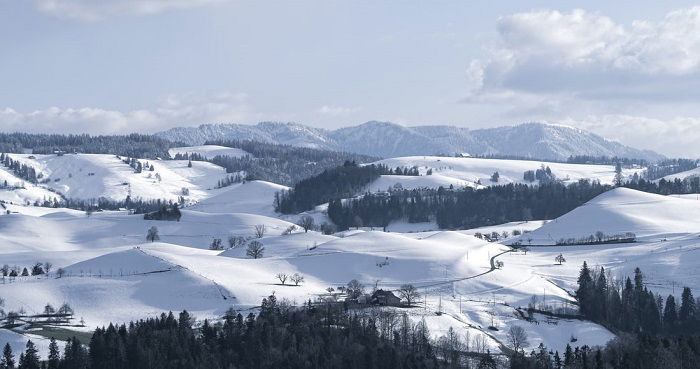
© Ricardo Gomez Angel
Broken Rhythm
When it comes to rhythm in photography, breaking a steady rhythm can have a big impact. The repetition of a pattern can lull us into a stupor. But when that rhythm is broken, it gives us a visual shock.
For photography composition, breaking a steady rhythm can add emphasis. And it can create points of interest in your images. Breaking a rhythm can even bring more attention to the rhythm in the photograph.
The example below shows two tractors breaking the rhythm of the rows of wheat. We have two patterns on either side, each broken by the tractors. And they add new shapes to the visual rhythm.
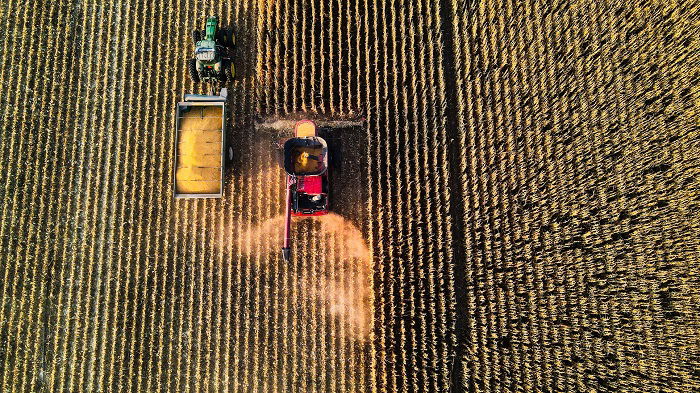
© Taylor Siebert
Conclusion: Rhythm in Photography
There are no strict rules for rhythm photography. It’s an aspect of photography that can strengthen your composition in many different ways. It’s about looking for patterns that lead or finding shapes that echo.
Train your eye to look for repetition and progression. Find visual rhythms that beat and pulse across your frame. You can explore rhythm in street or landscape photography and even introduce rhythm into portraits.
Check out our Intuitive Composition eBook to learn how to incorporate rhythm and other composition techniques into your photos!
